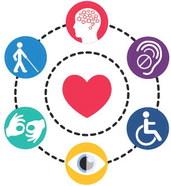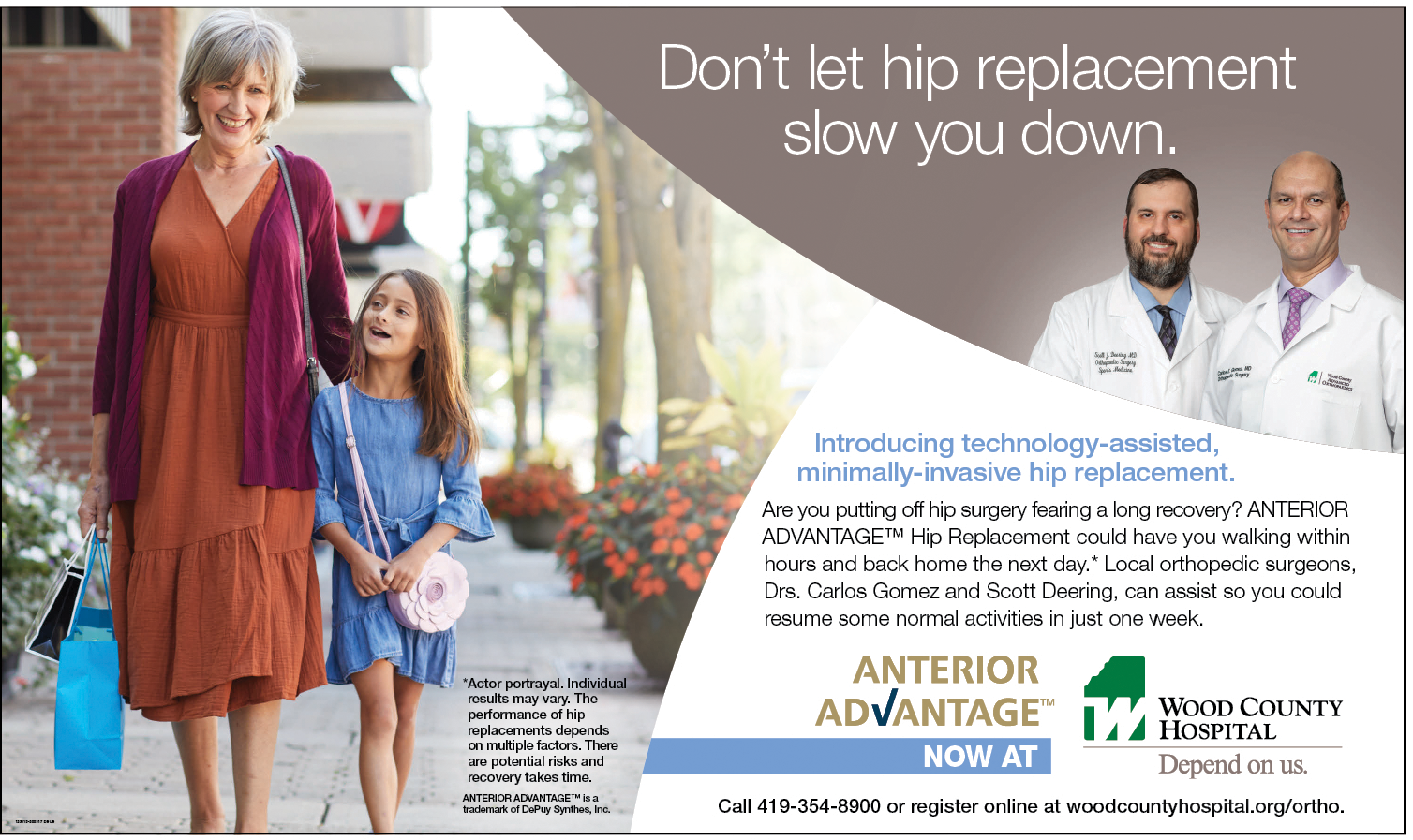“DISABILITY SHOULD BE as commonplace as a person who wears glasses.”
I love that quote. I do not remember where I read it, but it represents that none of us is physically perfect. As baby boomers age, they often become less agile, with a knee that needs replacement or a hip that was injured in an accident, and their mobility, vision, hearing, and other abilities weaken. Losing physical strength is part of life, and the aging process, and that is okay! Our bodies seem to wear out after years of use.
I was intrigued to find that disability in today’s world is quite far reaching.
According to data from the Survey of Income and Program Participation (SIPP), approximately 54 million Americans have a disability. There are more people with disabilities living in America than the entire population of Canada or the Caribbean.
But what is considered a disability? How do you know if you are disabled? The United States Census Bureau’s American Community Survey (CSI) collects data on disabilities. After publishing previous surveys’ data, the CSI released an updated survey. In 2008, they published a more accurate list of what they considered a disability. Their updated findings included six disability types.
American Community Survey The ACS report lists disability types and explains that persons who have any one of the six types are considered to have a disability.
• Hearing difficulty—deaf or having serious difficulty hearing.
• Vision difficulty—blind or having serious difficulty seeing, even when wearing glasses.
• Cognitive difficulty—because of a physical, mental, or emotional problem, having difficulty remembering, concentrating, or making decisions.
• Ambulatory difficulty—having serious difficulty walking or climbing stairs.
• Self-care difficulty—having difficulty bathing or dressing.
• Independent living difficulty— because of a physical, mental, or emotional problem, having difficulty doing errands alone such as visiting a doctor’s office or shopping.
When the National Organization on Disability (NOD.org) was founded in 1982, it was the first organization in the United States to represent every person with a disability, regardless of particular needs or circumstances. To have a disability is to belong to a large extended community—one out of every four Americans fits the description—that includes immense diversity.
The NOD National mission has always been to break down the barriers that fence people off from the wider community. Today, they focus their whole energy on eliminating the most wasteful and isolating of all those barriers: the artificial gulf that keeps tens of millions of people out of the productive workforce.
The NOD adds, “We envision a world where all people with disabilities enjoy full opportunity for employment, enterprise, and earnings, and employers know how to make the most of our talents.”
People with disabilities have gifts and talents that belong in the workplace. Sometimes, organizations like your local state department of rehabilitation services, employment websites that post all jobs and work qualifications, and local disability sites can prove helpful with not only managing and living with your disability, but offering resources to see where you might fit in the workplace.
Sometimes asking a question can be the best thing you can do to manage your daily life with a disability. Knowledge is power, and you might be surprised at how a simple question can offer solutions that you never would have considered.
Asking a question might work!
Sister Karen Zielinski is the Director of Canticle Studio. Canticle Studio is a part of the Sisters of St. Francis of Sylvania, OH’s overall advancement effort and has a mission of being a creative center where artists generate works, products, and services in harmony with the mission of the Sisters St. Francis. She can be reached at kzielins@sistersosf.org or 419-824-3543. ✲


